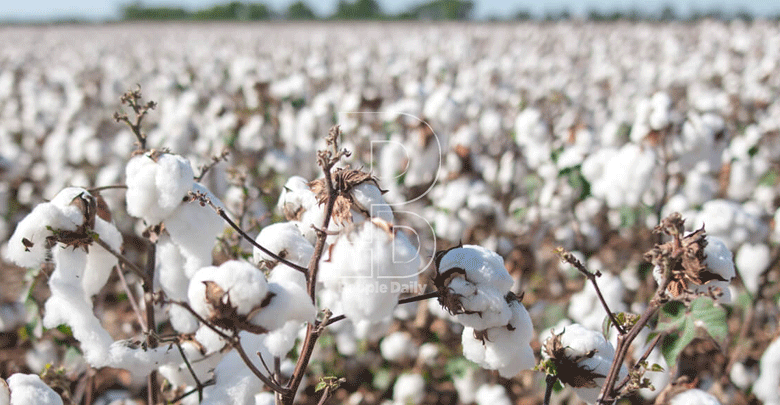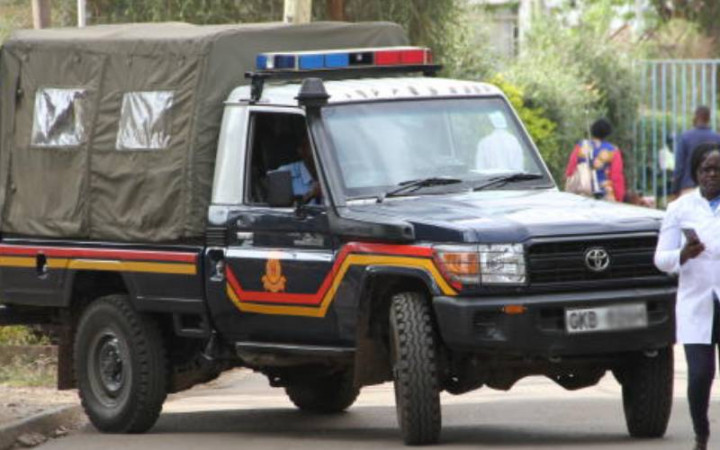End of 18-year wait in sight as Bt cotton goes commercial

Commercialiasation of Bt cotton, slated for March next year, will shore up production capacity and bring the country closer to realising the manufacturing arm of the Big Four agenda, cotton researchers say.
Bt cotton seeds will also be availed to farmers in 27 cotton farming devolved units marking the end of an 18-year waiting period.
Adoption of the genetically-modified variety, which is resistant to the destructive African Ball worm, is also expected to lower the cost of production by 40 per cent.
Currently, a farmer is required to spray his crop about six times and on average it costs Sh150 per acre per session to fight bollworms, red mites and other pests.
“Pest control on the available varieties take 32 per cent of all production costs. Persistent use of synthetic pesticides is expensive and it destroys beneficial arthropods and induces pesticide resistance,” said principal Bt cotton researcher and centre director of Kenya Agricultural Livestock Research (Kalro) based in Thika, Kiambu county, Dr Charles Waturu.
Waturu, who was speaking to stakeholders gathered at a two-day conference at the Kenya School of Monetary Studies, said Bt cotton’s ability to repel pests is critical in revitalising the country’ ailing cotton industry.
Annual demand
Currently, the country produces an average of 25,000 bales against a demand of 200,000 bales of lint, with the deficit covered through imports from Uganda, Tanzania and the Far East to support export processing zones (EPZ).
According to Fibre Crop Directorate the country has about 50,000 farmers growing cotton who are only able to produce 30,000 bales against an annual demand of 368,000 bales.
The farmers are only able to utilise 10.04 per cent of 384,500 hectares (ha) in the country suitable for cotton farming producing 572 kgs per ha.
Recently, President Uhuru Kenyatta recommissioned Rivatex Company which was revamped to the tune of about Sh5 billion, to promote production of textile using locally sourced cotton.
“Current cotton production cannot sustain the modernised Rivatex and other mills in Kenya,” said Waturu.
There are only four ginneries in operation countrywide – Makueni, Kitui, Meru and Salawa out of the established 22 factories.
Meru ginnery general manager David Kihoro says this ginnery has an installed spinning capacity of 20,000 tonne per day but due to low volumes of the crop the factory only process 1,000 tonnes per year.
“Key challenge to our ginning process is lack of enough raw materials,” said Kihoro.
Ginning capacity
The total installed annual ginning capacity is 140,000 bales. The combined available operating ginning capacity is 70,000 bales at full capacity for six months.
“Cotton production has been affected by high energy costs, low competitiveness, lack of subsidies, poor technology, competition from cheap imports, inadequate quality seed, poor management of pests and diseases, inefficient marketing channels and rain-fed farming,” says Waturu.
The State is keen to have Bt cotton commercialised because of its ability to support the manufacturing arm of the Big Four agenda after years of a steady decline.
According to Waturu, production of Bt cotton can increase income in the textile industry from Sh3.5 billion to Sh2 trillion by 2022.
“The country can create 500,000 cotton jobs and 100,000 new jobs in cloth-making,” said Waturu.
The cotton industry collapsed between late 1980s and 90s after the liberalisation of the agriculture sector following introduction of SAPs by World Bank and International Monetary Fund, leading to the closure of most ginneries in operation.
Cotton production was at its peak in 1984 when 70, 000 bales of lint were recorded. In 1970s and 1980s when cotton farming was second in the country in terms of employment after public service. Tana River, Meru, and Makueni and Kitui counties used to produce more than half of the national production. Additional reporting by Nicholas Waitathu









